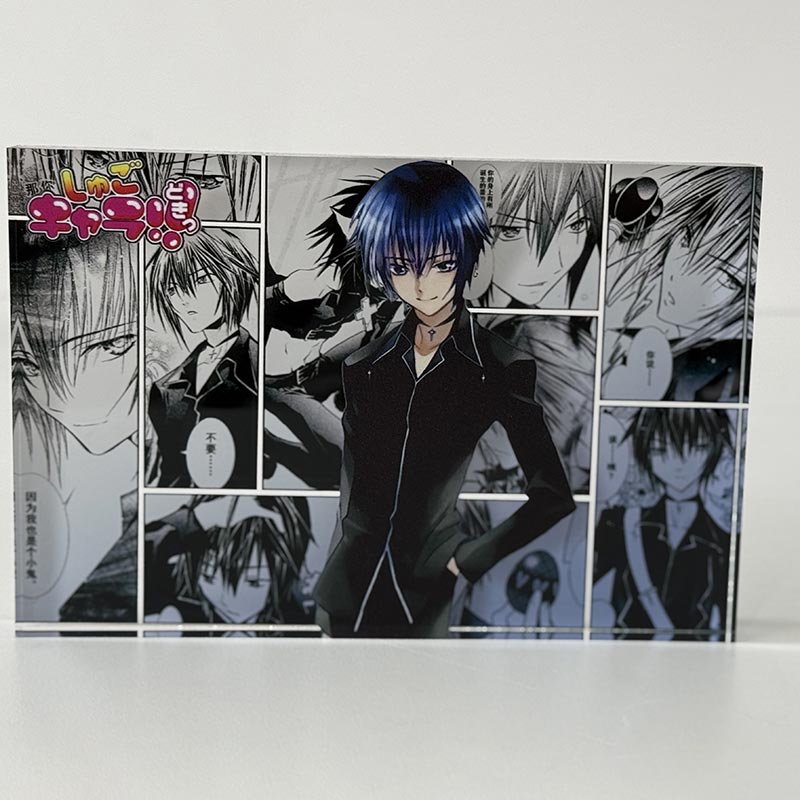In recent years, the appearance rate of acrylic ornaments in home decoration and commercial space layout has continued to rise, becoming the "new darling" of the design industry. This type of decoration made of acrylic (PMMA) is gradually replacing traditional materials such as glass and ceramics with its material characteristics and design plasticity, winning the favor of both consumers and designers.

Acrylic has a light transmittance of 92%, which is close to glass but more glossy. Its surface is polished to present a crystal-like transparent texture. Under the illumination of light, acrylic ornaments can reflect a soft halo. For example, the light and shadow of acrylic chandeliers are rich in layers, which are lighter and more flexible than glass lamps; wall pendants can present different visual effects with the change of light through the design of cutting angles, injecting dynamic beauty into the space. Compared with glass, acrylic is not easy to scratch, and can remain transparent and new after long-term use. It is especially suitable for families with children or commercial places with high frequency of use.
Acrylic weighs only half of the same volume of glass, which greatly reduces the difficulty of installation and transportation. In high-altitude decoration (such as shopping mall pendants), the lightweight feature reduces the risk of load-bearing; in home decoration, wall-mounted acrylic paintings and shelves do not need to be fixed in a complicated way, and ordinary walls can bear them. Its impact resistance is 16 times that of glass. Even if it is accidentally collided, it is not easy to break, and it will not form sharp edges after breaking. The safety is far superior to traditional brittle materials. This feature makes it significantly advantageous in scenes such as children's rooms and maternal and child stores, taking into account both beauty and safety.
Acrylic can be processed into any shape through cutting, bending, laser engraving and other processes, from minimalist geometric shapes to complex three-dimensional sculptures. Designers can use its thermoplasticity to create smooth lines such as curved surfaces and waves, such as the streamlined contours of acrylic vases and the hollow patterns of partition screens, breaking through the modeling limitations of traditional materials. Supporting customized production is another major advantage: consumers can customize ornaments of exclusive sizes according to the size of the space, and companies can also customize acrylic ornaments with brand LOGO in batches to meet the dual needs of commercial promotion and personalized decoration.
Acrylic can be mixed with thousands of colors through masterbatch, and the color saturation is high and it lasts for a long time without fading. It can not only make pure color ornaments, but also achieve complex color effects such as gradient and printing. Compared with high-end decorative materials such as crystal and jade, the cost of acrylic is only 1/5-1/10 of that, but it can present a similar light luxury texture, which greatly reduces the consumption threshold of high-quality decoration. For example, the price of a set of acrylic table ornaments is less than half of the price of the same style of ceramic products, but it can achieve the same decorative effect, which is especially favored by young consumer groups.
Acrylic has good weather resistance and stable performance in an environment of -40℃ to 80℃. It is not easy to deform or fade due to temperature difference when used outdoors, and is suitable for semi-outdoor scenes such as courtyards and balconies. Daily cleaning only requires wiping with a soft cloth dipped in water, and no special care is required. It is more resistant to dirt than fabric ornaments and less prone to rust than metal ornaments. For commercial spaces (such as milk tea shops and clothing stores), the easy maintenance characteristics of acrylic ornaments can significantly reduce operating costs due to the need for frequent cleaning and replacement of ornaments.
From home desktop ornaments and wall ornaments to window displays and exhibition layouts in commercial spaces, acrylic ornaments are reshaping the pattern of the decorative materials market with the dual advantages of "high appearance + strong practicality". With the upgrading of process technology, more acrylic decorative products that combine artistic sense and functionality will emerge in the future and continue to lead the decoration trend.